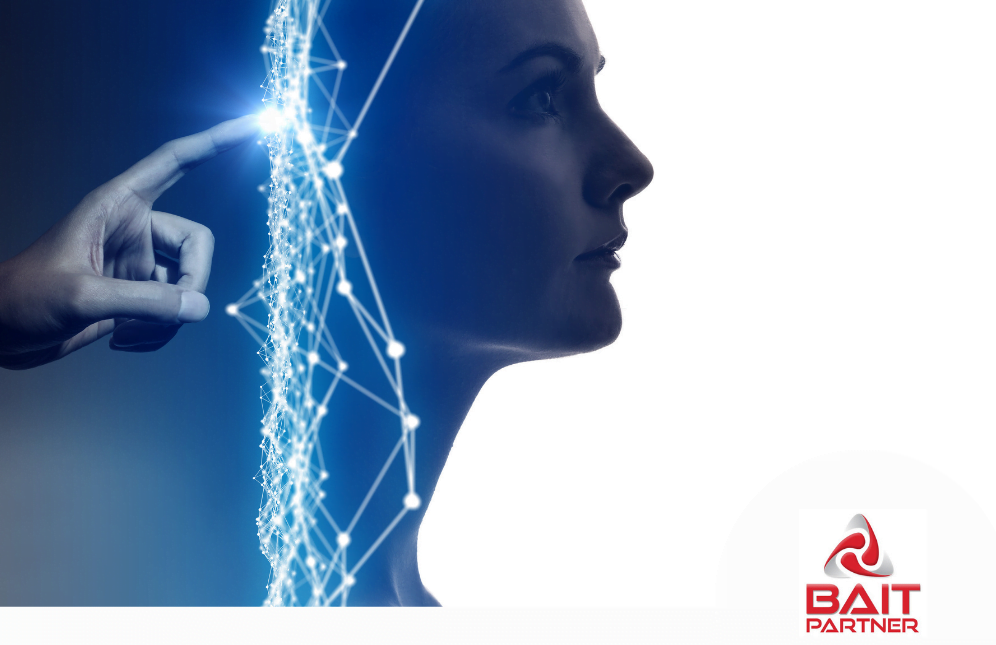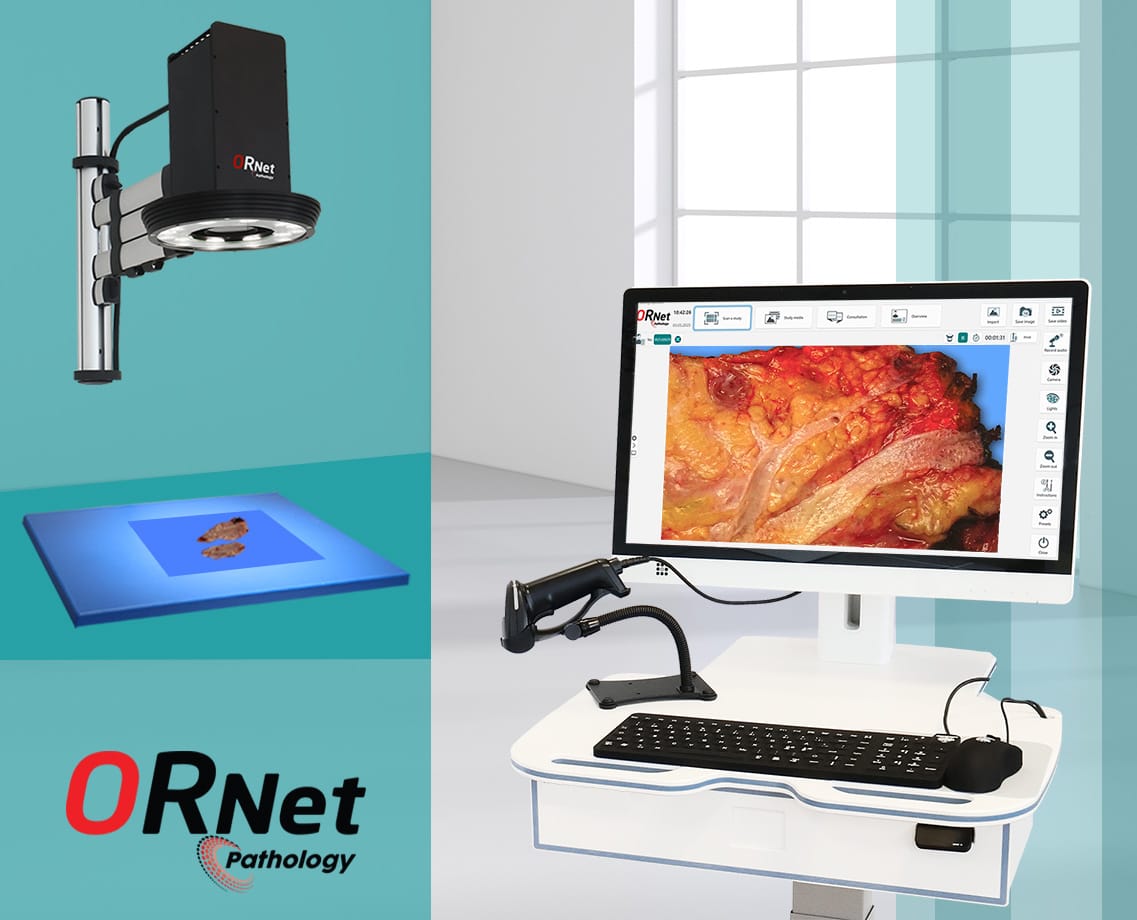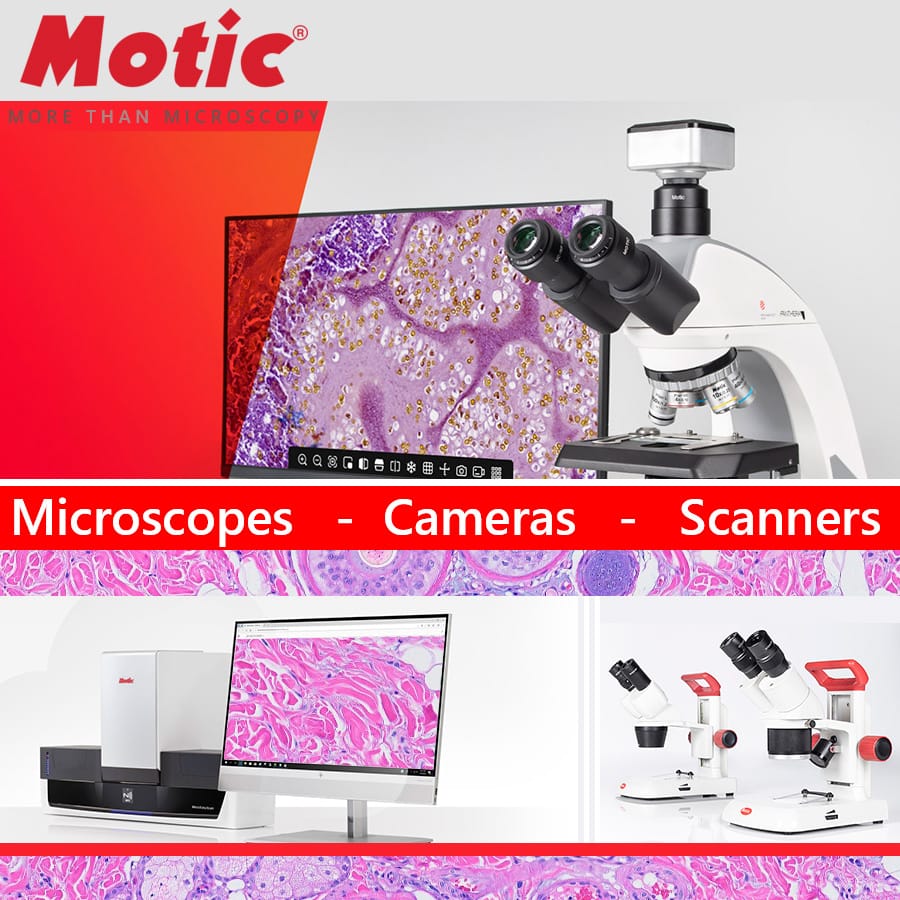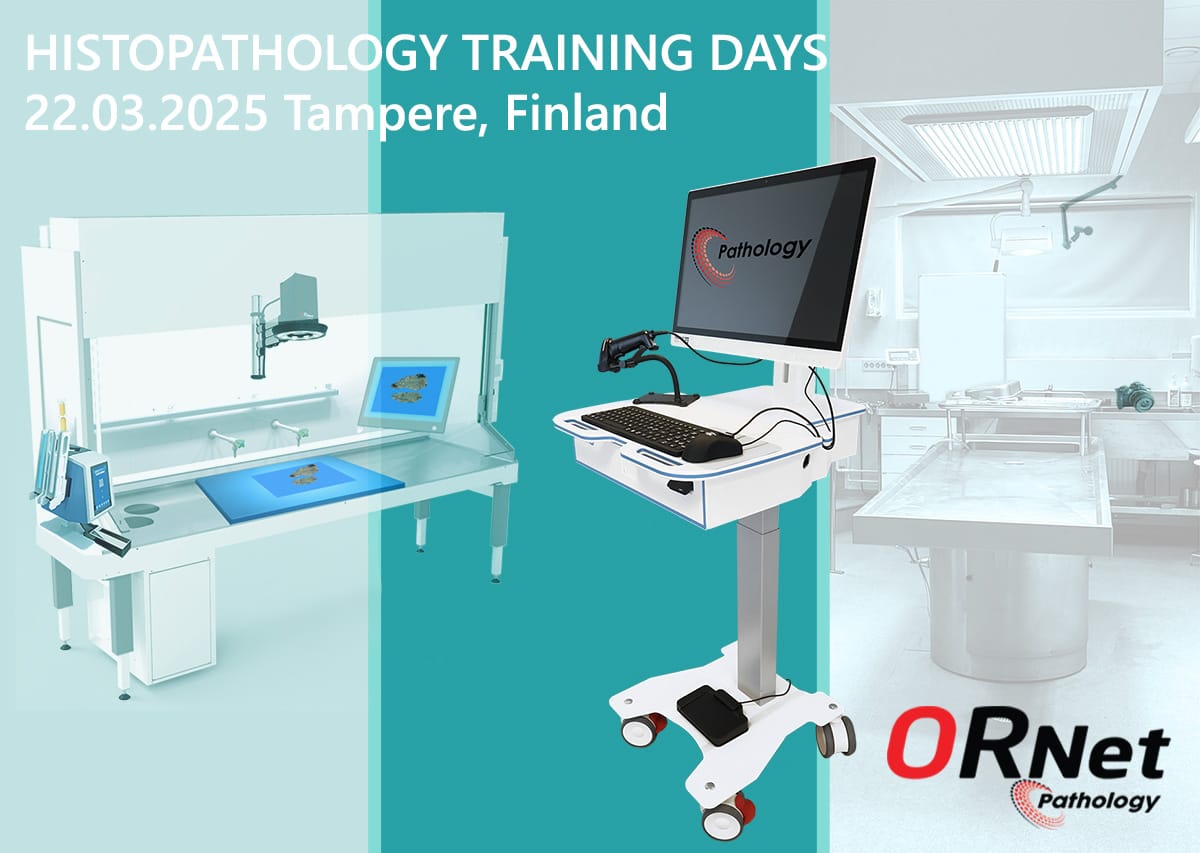The use of artificial intelligence (AI) in pathology is gaining momentum. This technology allows pathologists and radiologists to process images and slides more quickly and accurately, which subsequently lead to higher volume and faster turnaround times for both private practice groups and hospitals.
As technology advances, there’s an increasing need to understand more about AI’s role in pathology. Therefore, In this article we will explore how AI can be used to diagnose and predict diseases and specifically the benefits can it bring for pathology.
AI in Pathology
Artificial Intelligence in pathology has a great impact on diagnosis and treatment process. The AI automatically classifies cells into different cell groups and identifies patterns and cell conditions using deep learning to diagnose the patients. The developers are training AI programs with image analysis algorithms to diagnose problems using deep learning and big data from healthcare industry.
While Artificial Intelligence (AI) is a relatively new field of study in pathology, the idea of using computers to assist pathologists has been around since the start of computer technology. Through the years, computer-assisted diagnostic systems have taken on many faces, as each new generation builds upon the previous one.
Initially, the AI was nothing more than if-then algorithms that further advanced over time and now includes very complex algorithms that perform just like human brain. Before the 2000s, AI had several limitations in terms of self-learning and analyzing complex information. However, the advent of deep learning brought new possibilities and allowed developers to create AI systems that can analyze data and images by using multiple layers analysis and learn on their own using big data.
How AI Will Revolutionize the Pathology Diagnosis Process
Pathology is one of the most challenging areas for AI, because it requires an intimate understanding of human anatomy and disease processes to provide accurate diagnoses. In pathology, AI can perform tasks from image recognition, diagnosis, and determining the likelihood of a disease. The future of pathology may be bright, but only if we can teach computers how to think like pathologists, and that’s what is being done these days.
The next generation pathology system will use artificial intelligence and deep learning to assist pathologists in streamlining the sample processing, the interpretation of macroscopic images, and evaluating aspects like the tumor size, type, and its extent. It will provide a set of tools that can be used by pathologists or other health care professionals in a diagnostic setting, as well as being useful to research community.
Here are a few things that AI is expected to change in pathology.
- Faster Yet Accurate Diagnosis
The very first thing that AI is expected to change in Pathology is making the diagnosis process faster yet accurate. The reason behind that is the AI programs are relying heavily on deep learning, which allows them to understand complex images and patterns and mimic humans.
Based on that, the AI diagnosis process in pathology will be faster and will provide better qualitative information about bio samples. The saved time through this can be invested in saving patient’s life by planning better treatment and doing more research related to the illness.
- Quality Control & Reduction of Human Error
One problem that is faced in pathology image analysis is subjectivity. The analysis and results can be viewed differently by different people or the same person on a different day. However, when we talk about AI, it doesn’t have any bad days and the results of analysis remain consistent. That will bring the opportunity to reduce human errors during the diagnosis and ensure accuracy and consistency of results.
So even if we will give an AI 100,000 samples to analyze in a day, it will provide consistent results and there will not be any sort of variations from the core command or ground learning.
- New Discoveries Concerning Disease Biology
While disease diagnosis is going to be the core of AI in pathology, another key benefit of using artificial intelligence in the diagnosis would be related to understanding the disease biology. AI can analyze digital pathology samples on both macro and micro level and identify patterns, cell groups, or other distinct features that are at times not possible to see through a human eye.
As a result, this can help to understand the biology of different diseases and further assist in coming up with cures and treatments. Moreover, AI can assist with observing the changes in tissue samples, even on the smallest level.

Concluding Thoughts
As the healthcare industry continues to evolve, medical professionals need to stay informed on new technologies and tools that can improve patient care. Artificial intelligence has already been implemented into several healthcare fields including radiology, and many more. With the potential to save lives and make diagnoses faster, it will be a crucial part of healthcare in the years to come. Moreover, it may not be able to replace a doctor entirely in the near future, it can certainly add great value.




3 thoughts on “How Artificial Intelligence Can Revolutionize the Diagnosis Process in Pathology”